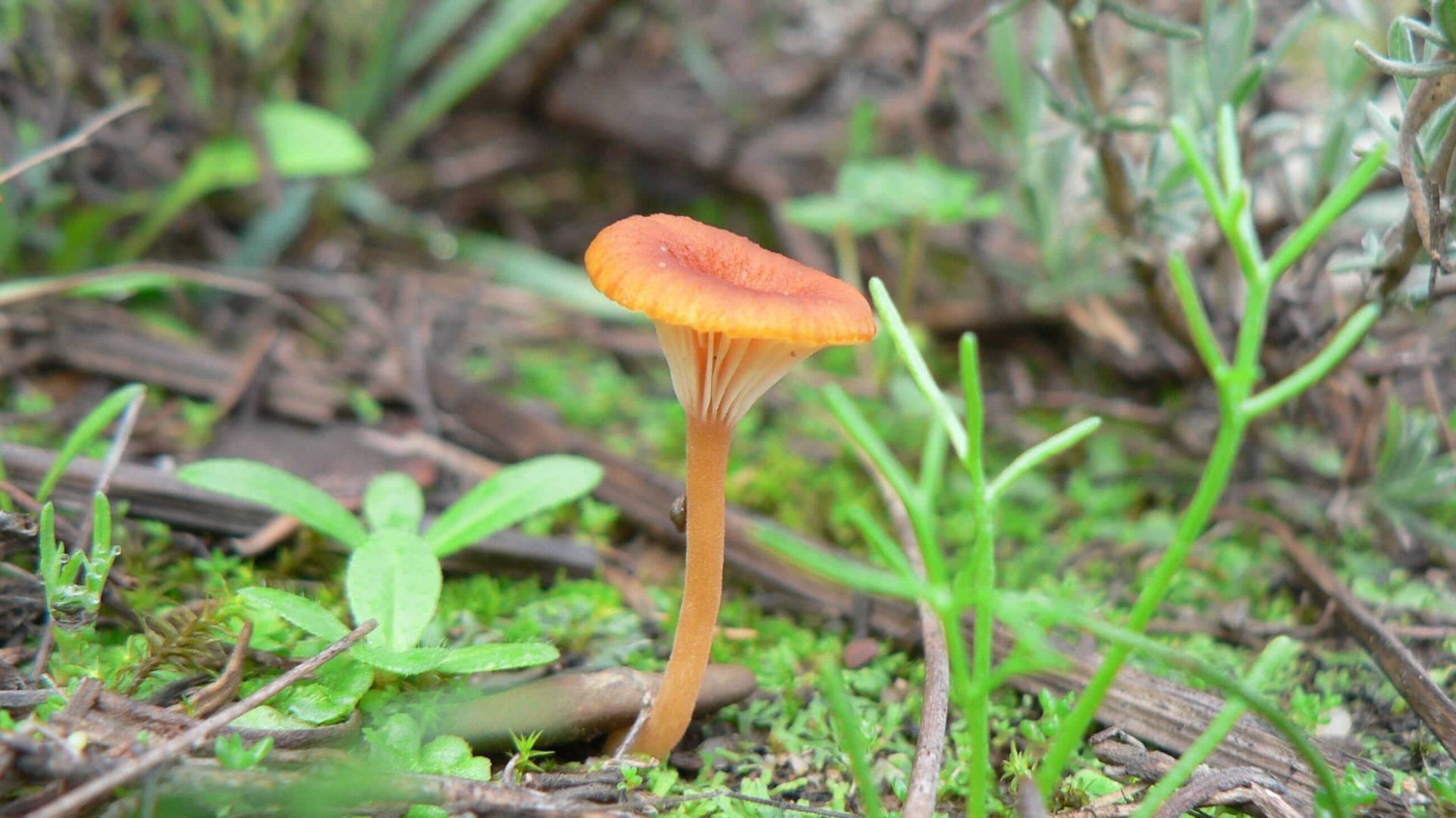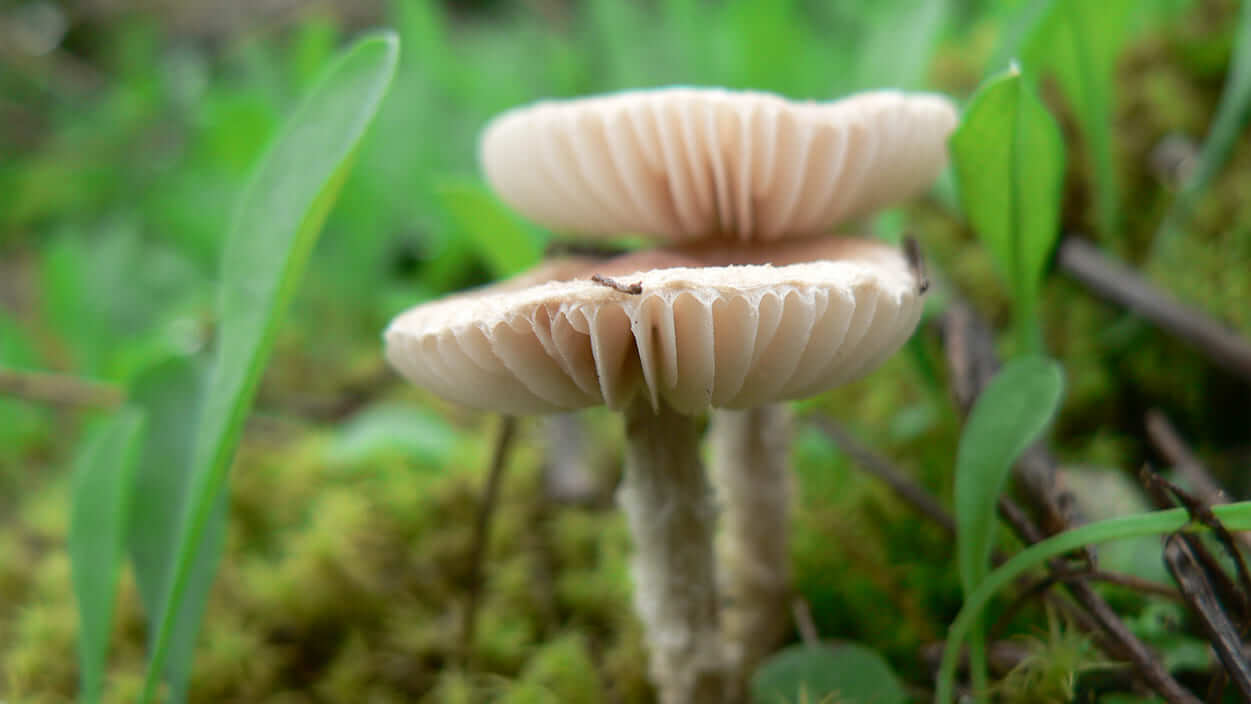They are neither plants nor animals, although they play equally decisive roles in the balance of ecosystems. We are talking about the fungi kingdom, of which mushrooms are the best known representatives, but there is a lot more to discover.
It is estimated that there are between 2.2 and 3.8 million species, but only around six hundred of them are rated on the IUCN – International Union for Conservation of Nature – Red List of Threatened Species, which says a lot about how little we know about the biodiversity and conservation of the immense kingdom of fungi.
Mushrooms are the best known celebrities of the kingdom, because their above-ground appearance makes them easier to identify, but there are many other hardworking fungi that operate ‘hidden’ from view and help to balance the Earth’s various biomes. Although little known and undervalued, they play a decisive role in numerous structural functions for life, from the cycling of nutrients to the production of medicines and food:
- Some 80% of land plants, including large trees in our forests and food crops, depend on their interactions with fungi (mycorrhizae). In addition, the decomposition of organic matter would not take place at all without their help (and that of other organisms, such as bacteria). As a result, all “organic waste” would accumulate on the ground. The nutrients essential for plant growth would not be renewed and the soil itself would not renew itself or be able to store carbon as it does today.
- The mould which gave rise to penicillin, known to be the first antibiotic ever isolated, also belongs to this kingdom — it is the microfungus of the genus Penicillium. Less well known but equally important, the fungus Tolypocladium inflatum is used as an immunosuppressive drug during organ transplantation and in the treatment of autoimmune diseases.
- Similarly, yeasts (Saccharomyces), which are involved in fermentation and the growth of cereals that are used to make bread and beer, or in the production of wine from grapes, also belong to the fungi kingdom, and are single-celled fungi.
These are just a few examples of fungi and the benefits they provide us with. The benefits they provide make up for their bad reputation, since the concept of fungus is still closely associated with the diseases they cause, both in animals and plants. So long as this negative perception persists, it will be more difficult to muster the commitment and resources needed to understand and catalogue fungal biodiversity, permitting us to anticipate the negative impacts that extinctions in this kingdom can have and even to predict and prevent the evolution of fungal diseases.





